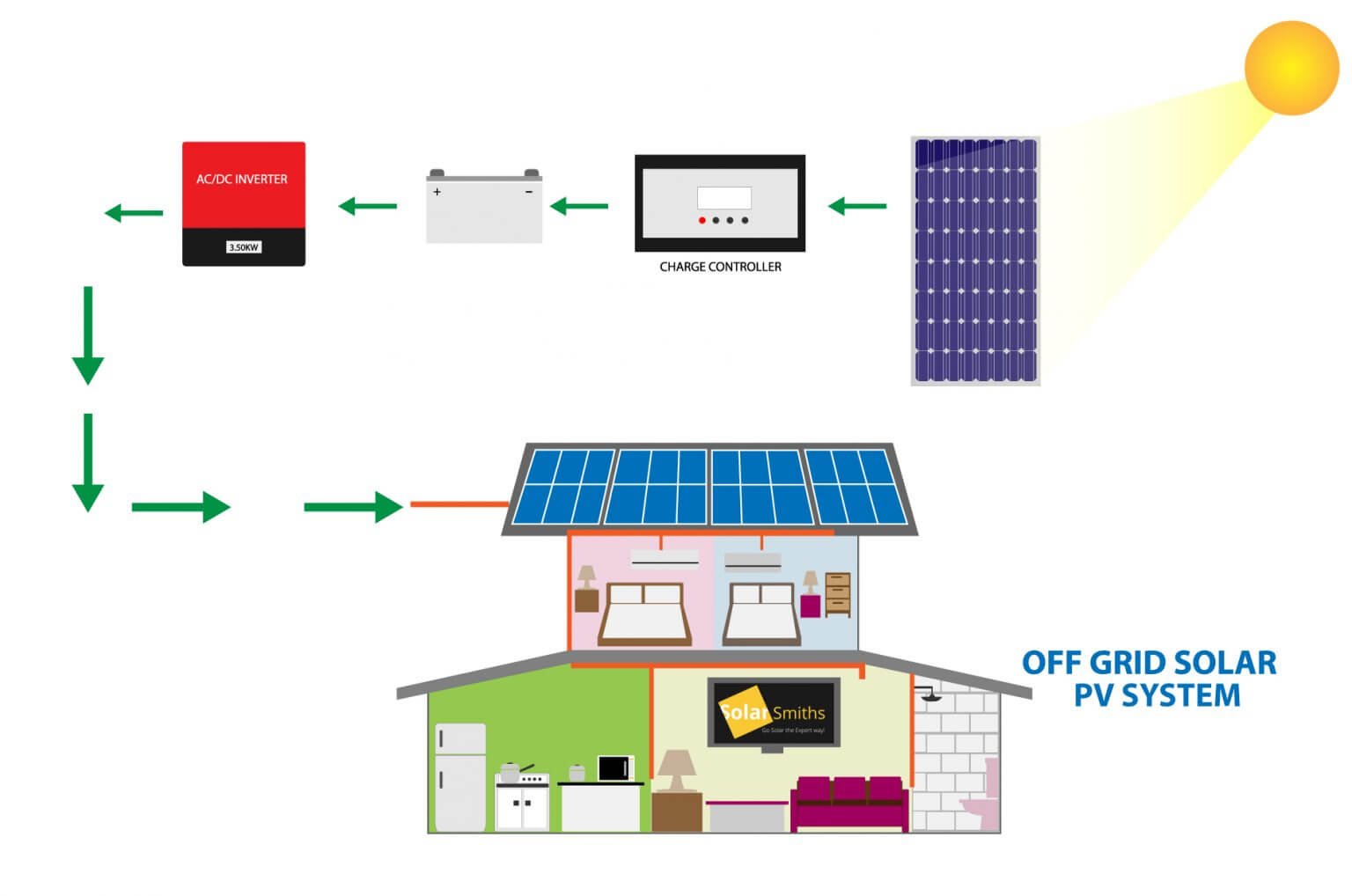Off grid living locations – Off-grid living locations are increasingly attracting those seeking self-sufficiency and a simpler lifestyle. This exploration delves into the practicalities, challenges, and rewards of embracing a life beyond the grid, examining geographical considerations, resource management, shelter construction, community dynamics, safety protocols, and the financial implications of this unique lifestyle choice. From identifying ideal regions globally to mastering essential survival skills, this comprehensive guide provides invaluable insights for aspiring off-grid dwellers.
We will investigate the legal and environmental aspects of off-grid living, exploring diverse shelter designs and sustainable building materials. The social fabric of off-grid communities, crucial for support and resource sharing, will also be examined, alongside safety and security strategies. Finally, the financial planning required for long-term off-grid sustainability will be analyzed, offering a holistic understanding of this increasingly popular alternative lifestyle.
Essential Resources and Infrastructure for Off-Grid Locations
Successfully establishing and maintaining an off-grid lifestyle hinges on securing reliable access to essential resources. This requires careful planning, resourcefulness, and a deep understanding of the chosen location’s environment and limitations. Failure to adequately address these fundamental needs can quickly compromise the viability of off-grid living.
Water Acquisition and Purification Systems
Securing a clean and consistent water supply is paramount for off-grid survival. Various methods exist, each with its own set of advantages and disadvantages depending on the specific location and climate. The chosen system must be both efficient and sustainable.
- Rainwater Harvesting: This involves collecting rainwater from rooftops or other catchment areas. This method requires the installation of gutters, downspouts, and storage tanks. Regular cleaning of the collection surfaces is crucial to prevent contamination. Water quality can vary significantly depending on atmospheric conditions and the cleanliness of the collection system. A filtration system may be necessary to remove sediment and other impurities.
- Well Drilling: Drilling a well provides access to groundwater. This is a more significant undertaking, requiring specialized equipment and expertise. The success of well drilling depends on the local geology and water table. Water quality testing is essential to ensure the water is safe for consumption. This method may involve substantial upfront costs and ongoing maintenance.
- Spring Water Collection: Locating and utilizing natural springs can provide a reliable source of water. However, the availability of springs varies greatly by location, and careful assessment of water quality is essential. The water may require purification to remove bacteria and other contaminants.
A comprehensive water purification system is vital regardless of the source. This typically involves a multi-stage process:
- Sediment Filtration: Removing larger particles using a screen or sediment filter.
- Carbon Filtration: Removing chlorine, organic compounds, and other impurities using activated carbon filters.
- UV Disinfection: Killing bacteria and viruses using ultraviolet light.
- Boiling: A simple and effective method for eliminating most harmful microorganisms.
Renewable Energy Sources for Off-Grid Living, Off grid living locations
Renewable energy sources are crucial for powering off-grid homes and reducing reliance on fossil fuels. Several options exist, each with its own strengths and weaknesses. The best choice depends on factors such as available resources, geographical location, and energy demands.
| Energy Source | Advantages | Disadvantages | Suitability for Location Type |
|---|---|---|---|
| Solar Photovoltaic (PV) | Abundant sunlight in many areas, low maintenance, environmentally friendly | Intermittent power generation (dependent on sunlight), high initial cost, requires battery storage | Suitable for sunny locations with ample roof or ground space |
| Wind Turbine | Reliable in consistently windy areas, environmentally friendly | High initial cost, noise pollution, requires sufficient wind speed, visual impact | Suitable for locations with consistent, strong winds |
| Hydropower (Small-scale) | Reliable and consistent power generation, environmentally friendly (if properly managed) | Requires a consistent water source (stream or river), potential environmental impact if not carefully planned | Suitable for locations with a reliable water source with sufficient flow |
| Biomass | Uses readily available organic matter, relatively low technology | Produces air pollution, requires regular fuel supply, lower efficiency compared to other renewables | Suitable for locations with abundant biomass resources (wood, agricultural waste) |
Food Production and Procurement Strategies
Ensuring a reliable food supply is a fundamental aspect of off-grid living. A diversified approach that combines various methods is usually necessary to minimize risk and maximize food security.
- Gardening and Farming: Growing fruits, vegetables, and herbs provides fresh produce. The success of this method depends on soil quality, climate, and the gardener’s skill. Techniques like composting and crop rotation can enhance soil fertility and yield.
- Livestock: Raising chickens, goats, or other livestock provides meat, eggs, and milk. This requires careful planning and management, including considerations for animal welfare, feed, and potential predators.
- Foraging and Hunting: Gathering wild edibles and hunting game can supplement food supplies, but this requires extensive knowledge of local flora and fauna and adherence to relevant regulations.
- Preservation Techniques: Methods like canning, freezing, drying, and fermenting extend the shelf life of harvested food, reducing reliance on external supplies.
Community and Social Aspects of Off-Grid Living: Off Grid Living Locations

The decision to embrace off-grid living significantly impacts social interaction and community engagement. Proximity to established communities and the availability of support networks are crucial considerations, shaping both the challenges and rewards of this lifestyle choice. The balance between self-reliance and community collaboration is a defining feature of successful off-grid settlements.
Proximity to Other Communities and Support Networks
The distance from established communities profoundly affects the off-grid experience. Living in relative isolation presents unique challenges, particularly in emergencies requiring immediate medical attention or access to specialized services. Conversely, proximity to a town or village offers a safety net, providing access to resources, social interaction, and a sense of community. This access can mitigate the isolation often associated with off-grid living, while still allowing for the desired level of self-sufficiency.
For instance, a community garden shared between off-grid households and nearby villagers can foster mutual support and resource exchange, enhancing food security for all involved. Conversely, an off-grid homestead located deep in a remote wilderness area might necessitate substantial preparation for emergencies and prolonged periods of self-reliance.
Challenges and Benefits of Isolated vs. Neighborly Off-Grid Locations
Isolated off-grid locations offer unparalleled peace and quiet, fostering a deep connection with nature. However, this solitude can also lead to feelings of loneliness and isolation. Regular social interaction becomes a conscious effort, requiring planning and potentially long journeys. Conversely, off-grid communities with nearby neighbors provide a built-in support system. Shared resources, collaborative projects, and regular social gatherings can combat isolation and foster a strong sense of belonging.
The potential for collaborative problem-solving, particularly during emergencies or periods of hardship, is a significant advantage. However, proximity also brings the potential for conflicts arising from differing lifestyles or resource management strategies. A successful off-grid community requires clear communication, mutual respect, and a shared understanding of community guidelines.
Self-Sufficiency and Resource Sharing in Off-Grid Communities
Self-sufficiency is a cornerstone of off-grid living, but it doesn’t preclude community collaboration. While individual households strive for independence in areas like food production, water collection, and energy generation, resource sharing remains vital. This can manifest in various ways, from bartering goods and services to collaborative projects like building communal infrastructure (such as shared water systems or renewable energy grids).
The ability to share knowledge and skills is equally crucial, with experienced off-gridders mentoring newcomers and assisting in skill development. For example, a community might pool resources to purchase expensive equipment like a shared wood milling machine, or collaborate on larger-scale projects like building a community hall or establishing a communal composting system. This collaborative spirit fosters resilience and enhances the overall sustainability of the off-grid community.
Embarking on an off-grid journey requires meticulous planning, adaptability, and a deep understanding of the unique challenges and rewards involved. While significant upfront investment and ongoing commitment are necessary, the potential benefits—self-sufficiency, connection with nature, and a simpler life—are compelling for many. By carefully considering the geographical, logistical, social, and financial aspects detailed in this guide, prospective off-grid dwellers can make informed decisions and increase their chances of successfully building a sustainable and fulfilling life beyond the conventional grid.
Browse the multiple elements of off grid living new hampshire to gain a more broad understanding.



